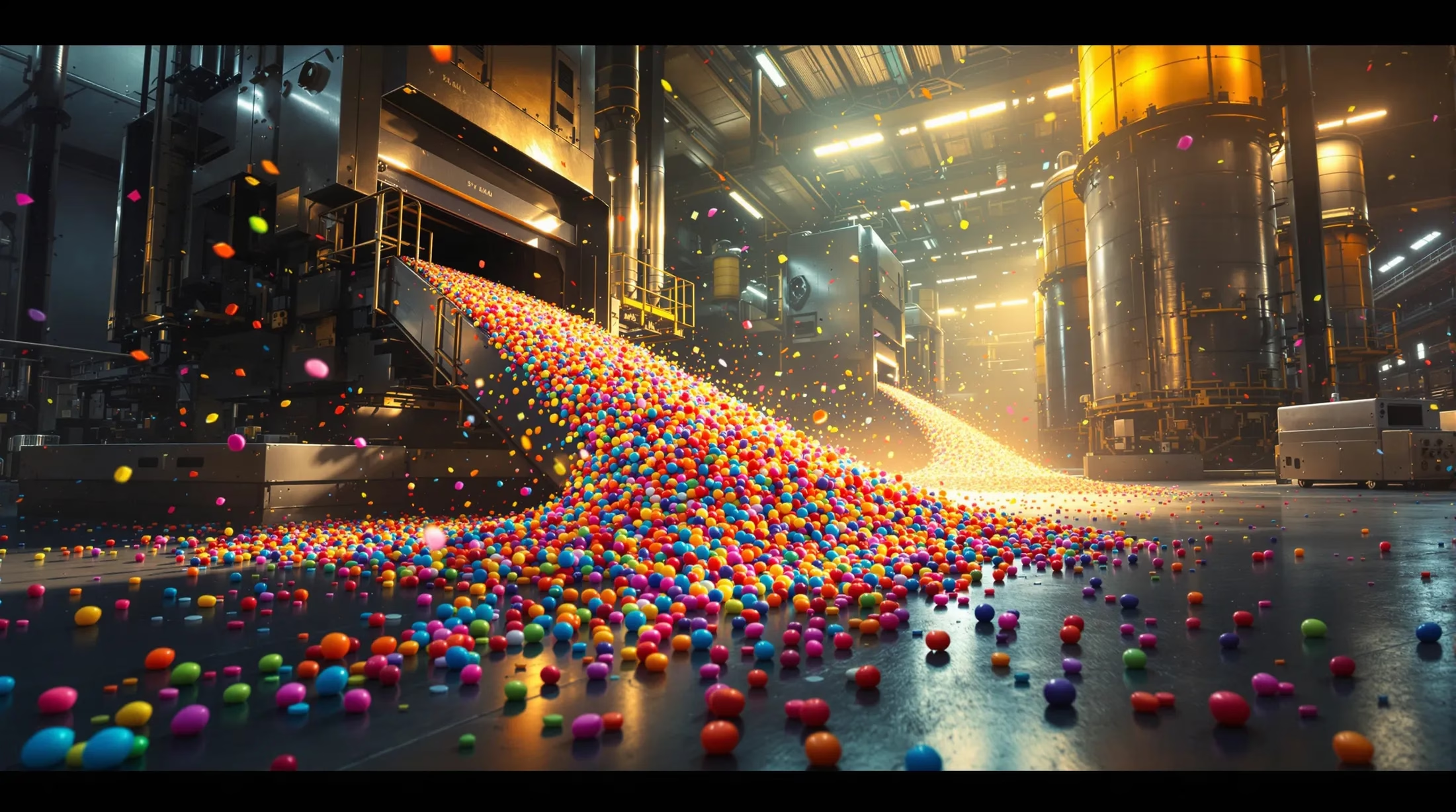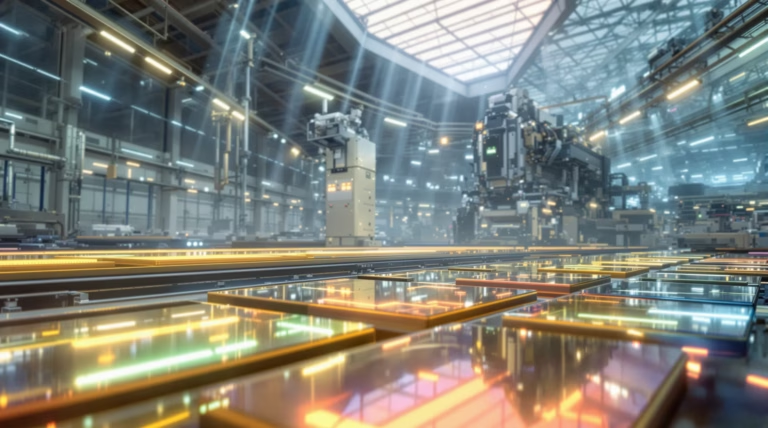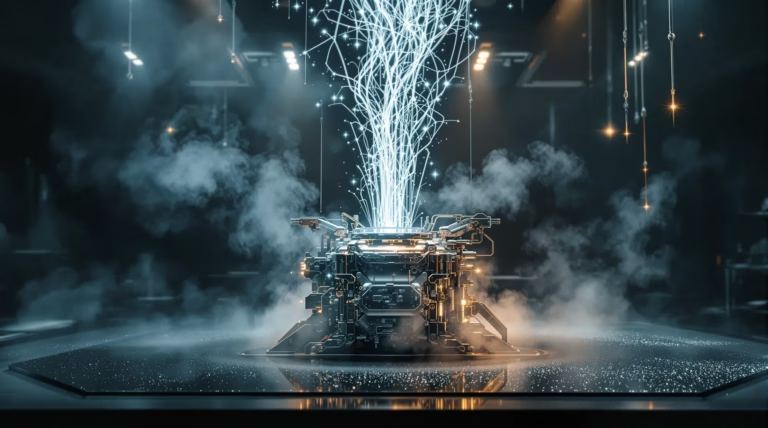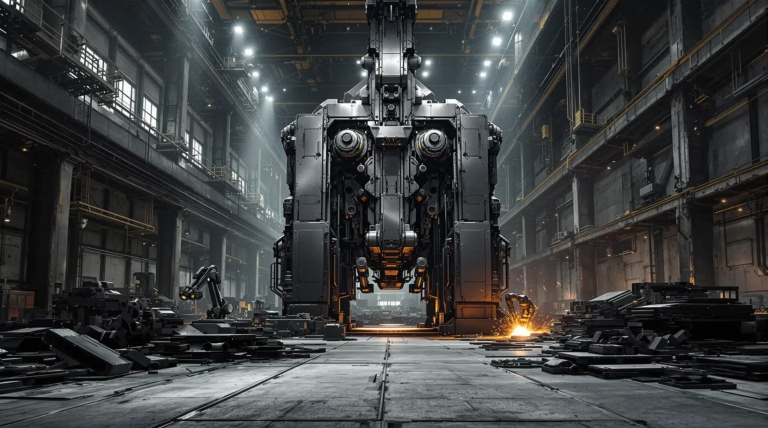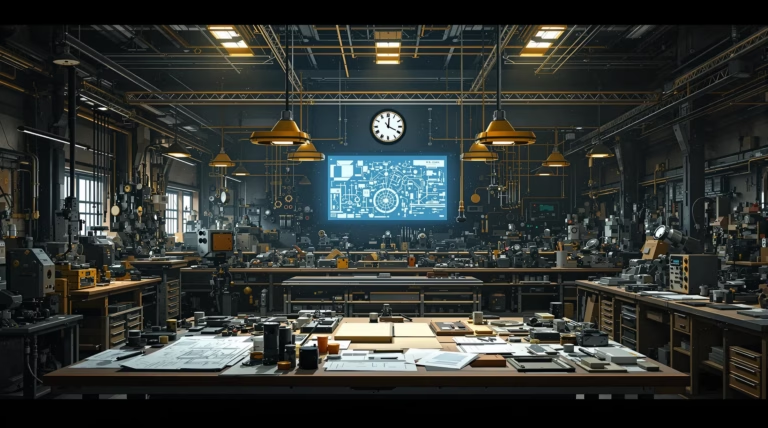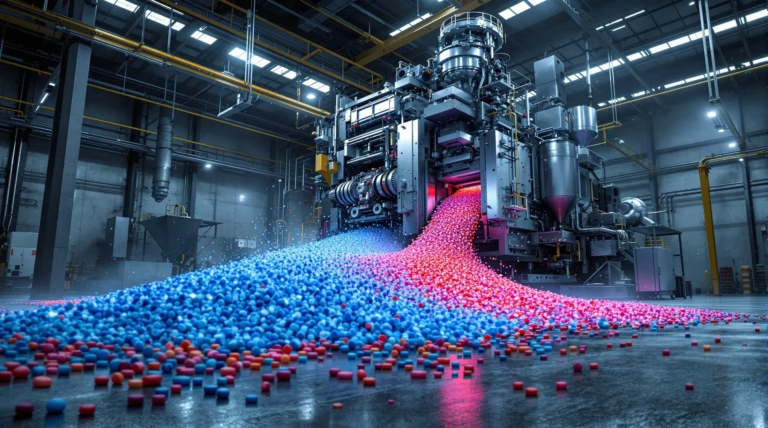Plastic Manufacturing: Key Processes and Techniques Explained
Discover the transformative world of plastic manufacturing, where raw materials become essential products that shape modern industry. Whether you’re an engineer, designer, or business leader, understanding these processes is crucial for optimizing production and meeting today’s environmental challenges.
Plastic manufacturing transforms raw materials into finished products through a sophisticated multi-stage process. This transformation begins with material selection, continues through heating and shaping, and concludes with cooling and solidification to achieve precise specifications.
The impact of plastic manufacturing extends across multiple sectors, revolutionizing product design and production methods. From lightweight automotive components that enhance fuel efficiency to life-saving medical devices, plastics have become integral to modern manufacturing. This versatility, combined with cost-effectiveness, makes plastic an indispensable material in contemporary production.
- Automotive and aerospace components
- Healthcare devices and equipment
- Consumer goods production
- Industrial applications
- Construction materials
Types of Plastics Used in Manufacturing
The plastics industry operates primarily with two distinct material categories, each offering unique properties for specific applications. The selection process considers performance characteristics, cost factors, and environmental impact.
Thermoplastics vs. Thermosetting Plastics
| Characteristic | Thermoplastics | Thermosetting Plastics |
|---|---|---|
| Reusability | Can be melted and reformed multiple times | Cannot be melted once cured |
| Common Examples | PE, PP, PVC, PS | Epoxy resins, phenolic resins, polyurethanes |
| Applications | Consumer products, packaging | Electrical components, automotive parts |
| Heat Resistance | Moderate | Superior |
Primary Plastic Manufacturing Processes
Manufacturing processes vary significantly based on product requirements, production volume, and material specifications. Each technique offers distinct advantages for specific applications, influencing product quality and cost efficiency.
Injection Molding: Process and Applications
Injection molding represents a cornerstone of plastic manufacturing, particularly for mass production of complex components. The process involves melting plastic pellets and injecting them into mold cavities under high pressure, with cycle times ranging from 15 to 120 seconds.
- Automotive dashboard components
- Electronic device housings
- Medical equipment and supplies
- Consumer product components
- Industrial parts and fittings
Extrusion: Techniques and Uses
Extrusion transforms plastic materials into products with consistent cross-sectional profiles through a continuous manufacturing process. Raw plastic, typically in pellet or powder form, enters a hopper leading to a heated barrel containing a rotating screw. As the material moves through this barrel, it melts and homogenizes before being forced through a specialized die that shapes the molten plastic. The extruded material then passes through cooling systems that solidify it while maintaining the desired dimensions.
- Construction materials – pipes, window frames, siding, weather stripping
- Packaging products – films, sheets, food wrapping materials
- Wire and cable insulation and sheathing
- Co-extrusion products combining multiple materials
- Profile extrusion for complex structural shapes
Blow Molding: Methods and Products
Blow molding creates hollow plastic products through a process similar to glass blowing. The process begins with creating a parison—a tube-like piece of molten plastic—which is positioned inside a mold cavity. Compressed air expands the plastic against the mold walls, and upon cooling, the finished product emerges.
| Process Type | Common Applications |
|---|---|
| Extrusion blow molding | Water bottles, household containers |
| Injection blow molding | Pharmaceutical containers, small bottles |
| Stretch blow molding | Beverage bottles, specialized packaging |
Rotational Molding: Advantages and Examples
Rotational molding (rotomolding) creates hollow plastic products through a four-stage process: loading, heating with biaxial rotation, cooling while rotating, and part removal. This method produces items with uniform wall thickness and excellent impact resistance.
- Large-scale products – water tanks, industrial containers
- Recreational equipment – kayaks, playground components
- Infrastructure items – road barriers, traffic management products
- Agricultural equipment – storage tanks, feeding systems
- Material handling solutions – bulk containers, storage bins
Material Selection in Plastic Manufacturing
Material selection in plastic manufacturing requires careful evaluation of multiple factors to ensure optimal product performance and production efficiency. Manufacturers must balance mechanical properties, chemical resistance, thermal stability, and processing requirements against economic considerations.
- Part form and complexity requirements
- Production volume considerations
- Lead time constraints
- Environmental stress factors
- Cost limitations
Role of Additives and Fillers
Additives and fillers transform basic polymers into high-performance materials, comprising 0.1% to 60% of final compounds. These specialized ingredients enhance specific properties while often reducing overall production costs.
| Additive Type | Primary Functions |
|---|---|
| Plasticizers | Increase flexibility, improve workability |
| Stabilizers | Prevent degradation, extend product life |
| Mineral fillers | Enhance structural integrity, reduce costs |
| Carbon black | Provide UV protection, improve conductivity |
Sustainable Practices in Plastic Manufacturing
The plastic manufacturing industry faces mounting pressure to address its environmental footprint, driving a significant shift toward sustainable practices throughout the production lifecycle. As global plastic waste concerns intensify, manufacturers are implementing comprehensive strategies that reduce resource consumption, minimize pollution, and create more environmentally responsible products.
- Enhanced brand reputation and market positioning
- Expanded customer base through eco-conscious offerings
- Reduced waste-related operational expenses
- Improved profit margins through efficiency
- Better regulatory compliance positioning
Forward-thinking plastic manufacturers are embracing a multi-faceted approach to sustainability that extends beyond simple waste reduction. Energy efficiency improvements in production facilities, water conservation measures, and emissions control technologies are becoming standard practice. Additionally, material innovation plays a crucial role, with engineers developing formulations that maintain performance characteristics while reducing environmental impact.
Innovations in Recycling Processes
Revolutionary advancements in plastic recycling technologies are transforming waste into valuable manufacturing inputs. Chemical recycling processes, including pyrolysis and solvolysis, now break down complex plastic waste into molecular building blocks that can be reconstructed into virgin-quality materials.
| Technology | Capabilities |
|---|---|
| Chemical Recycling | Handles mixed plastics, eliminates quality degradation |
| AI-Powered Sorting | Identifies and separates different plastic types with high accuracy |
| Automated Systems | Improves efficiency and material recovery rates |
Quality Control in Plastic Manufacturing
- Visual examinations for surface defects
- Digital measurement technologies for precision
- Mechanical testing procedures
- Statistical process control (SPC) techniques
- Regular equipment calibration
- Standardized testing procedures
- Documented quality management systems
Leading manufacturers implement multi-layered quality control protocols throughout the production cycle rather than relying solely on end-product inspection. This comprehensive strategy begins with incoming material verification, continues with in-process monitoring, and concludes with final product validation, fostering a culture of continuous improvement where employees actively participate in quality initiatives.
Emerging Technologies in Plastic Manufacturing
The plastic manufacturing landscape is undergoing a significant transformation driven by technological innovation and sustainability imperatives. Industry leaders are embracing emerging technologies that promise to revolutionize production methods, increase efficiency, and address growing environmental concerns.
- Advanced digital control systems
- Predictive maintenance technologies
- Automated quality assurance systems
- On-demand manufacturing capabilities
- Localized production solutions
3D Printing: Revolutionizing Plastic Manufacturing
3D printing technology has evolved from a prototyping novelty into a legitimate manufacturing method that’s reshaping the economics of plastic production. This additive manufacturing approach is gaining particular traction in low- to mid-volume production scenarios where traditional molding processes were previously challenging.
| Advantage | Impact |
|---|---|
| Complex Geometries | Enables previously impossible designs |
| Reduced Tooling | Eliminates expensive mold costs |
| Quick Iteration | Faster design-to-production cycle |
| Customization | Enables cost-effective personalization |
Bioplastics: A Sustainable Alternative
Bioplastics represent a groundbreaking advancement in sustainable manufacturing, derived from renewable biomass sources instead of petroleum. These innovative materials, including polylactic acid (PLA) from corn starch and polyhydroxyalkanoates (PHA) produced by microorganisms, are rapidly gaining market prominence as manufacturers adapt to growing environmental consciousness. Modern bioplastics now match or surpass conventional plastics in performance while offering superior biodegradability under specific conditions.
- Reduced environmental impact through renewable sourcing
- Lower energy consumption during production
- Decreased greenhouse gas emissions throughout lifecycle
- Enhanced biodegradability and compostability
- Compatibility with existing manufacturing processes
Challenges and Future Trends in Plastic Manufacturing
The plastic manufacturing sector faces transformative changes driven by environmental pressures, evolving consumer expectations, and regulatory requirements. Industry leaders are investing heavily in research and development to create sustainable materials, optimize processes, and implement circular business models. Companies embracing these changes through proactive adaptation and investment in sustainable technologies position themselves for long-term success, while traditional approaches risk becoming obsolete.
Environmental Concerns and Regulatory Issues
| Regulatory Framework | Impact on Industry |
|---|---|
| EU Circular Economy Action Plan | Comprehensive sustainability requirements |
| China’s National Sword Policy | Restricted waste import regulations |
| Extended Producer Responsibility | Increased manufacturer accountability |
Forward-thinking manufacturers are implementing comprehensive environmental management systems that anticipate future regulations. This includes product redesign for recyclability, closed-loop water systems, renewable energy adoption, and strategic partnerships with waste management providers. These initiatives drive innovation and differentiation in an increasingly eco-conscious market.
Potential Market Developments
- Projected 20% annual growth in biodegradable plastics through 2030
- Integration of Industry 4.0 technologies for process optimization
- Implementation of IoT sensors and artificial intelligence
- Trend toward reshoring and localized production
- Enhanced focus on supply chain resilience
- Growing demand for innovative sustainable materials
Digital transformation is revolutionizing manufacturing processes through advanced analytics, predictive maintenance, and enhanced quality control. Companies successfully balancing innovation, sustainability, and operational excellence are emerging as industry leaders in this evolving landscape.

